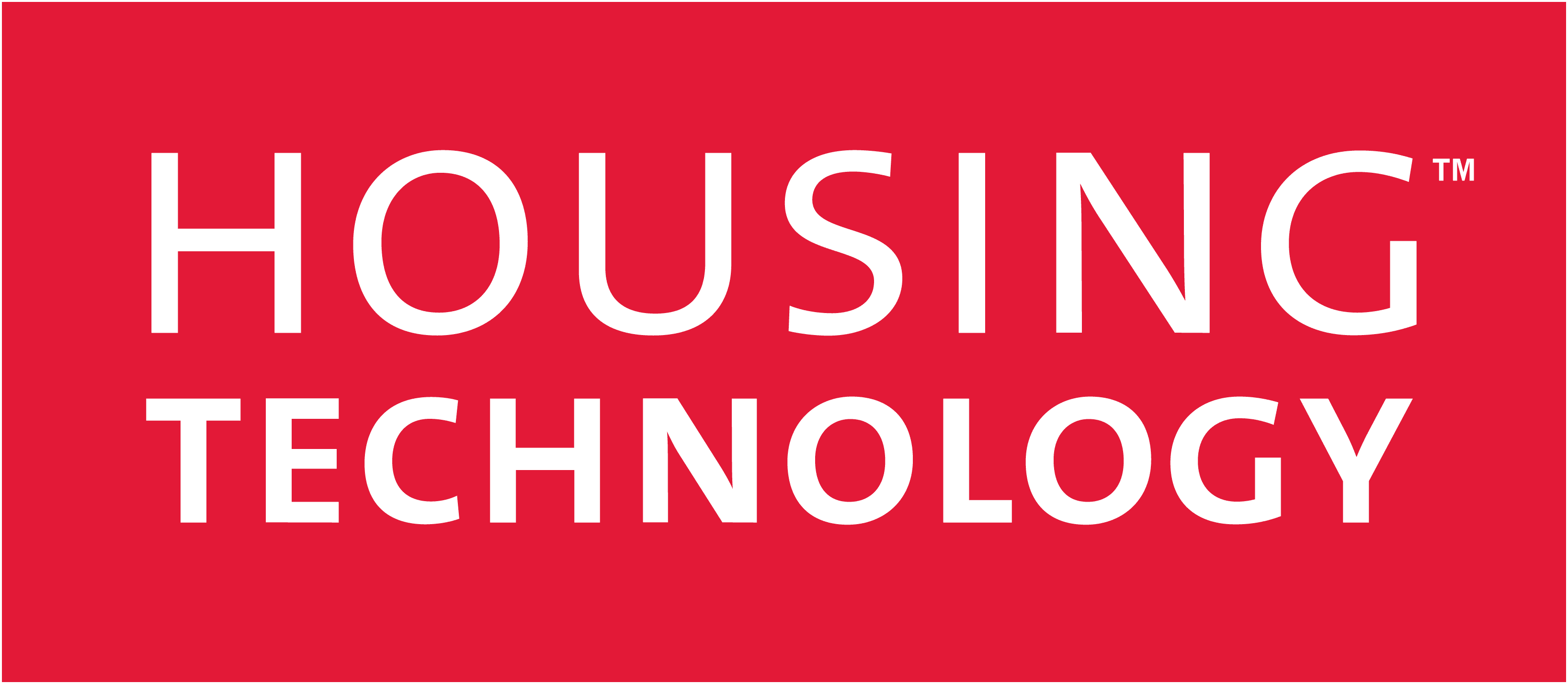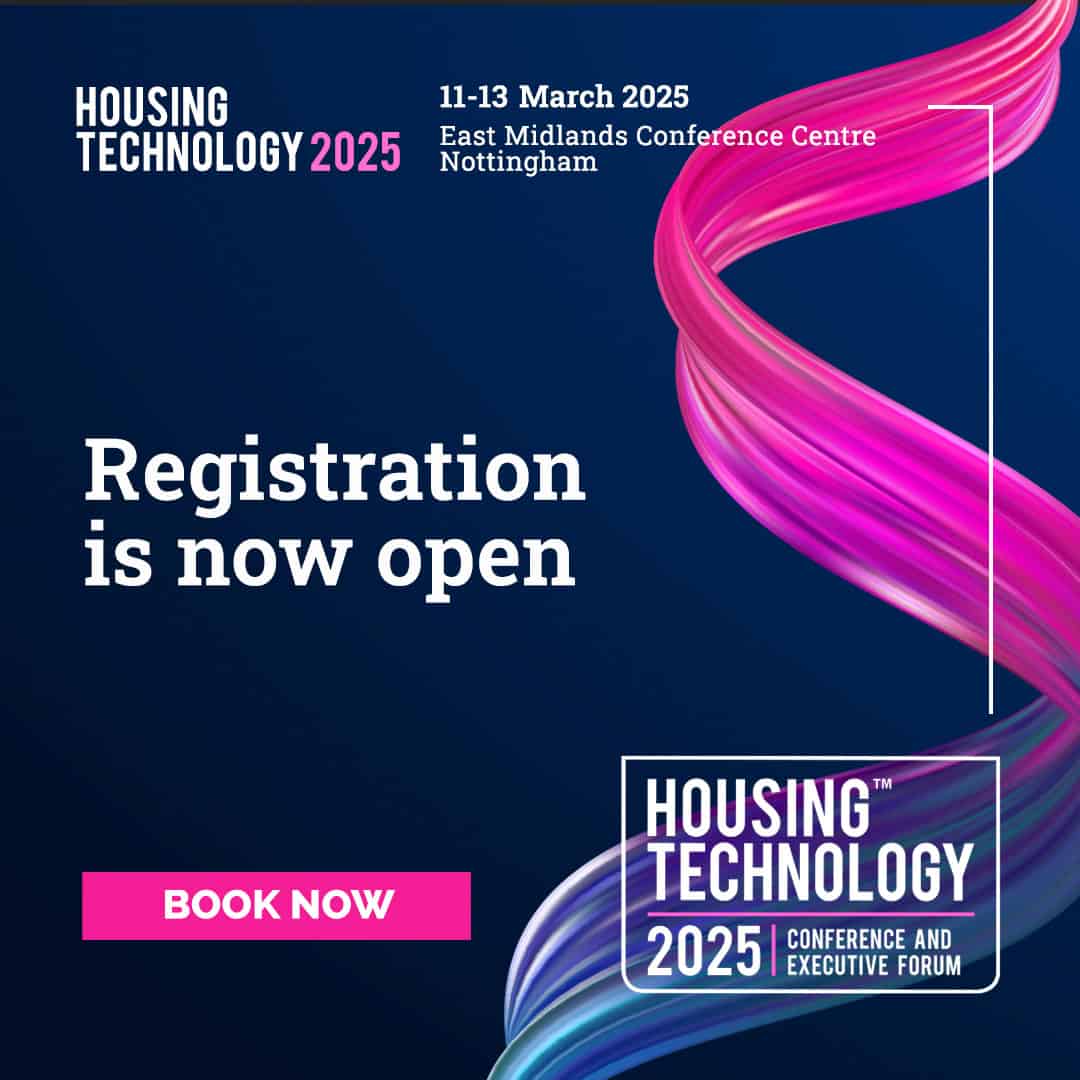Housing data often originates from fundamental processes, such as tenancies, payments and repairs. As they occur, these processes generate transactions which create lots of data that’s crucial for housing providers to collect and analyse.
However, ‘big housing data’ isn’t just generated from transactions. There is also a longstanding commitment by the sector to understand how residents feel. While there are many different ways to gather and address tenants’ views, the methodology is about to be overhauled with the new Tenant Satisfaction Measures (TSMs) from April next year. In turn, how TSM data is collected will be an important part of how our sector adopts and potentially gains from the new regulation.
TSMs are coming
The Regulator of Social Housing’s TSMs require housing providers to gather information about tenants’ satisfaction across:
- Keeping properties in good repair;
- Maintaining building safety;
- Effective handling of complaints;
- Respectful and helpful engagement;
- Responsible neighbourhood management.
These will be collated to compute an overall satisfaction score.
While the questions in each category are specified, the method of obtaining this data from tenants is not. The way in which housing providers go about gathering the data will itself have an impact on the scores, especially in the ‘respectful and helpful engagement’ category.
More than just revised questionnaires
It is fair to say that the TSMs require a lot more than just revised questionnaires. They have the potential to leverage a change towards far more tenant- and community-focused attitudes by housing providers. Now there will be a set of very specific and consistent yardsticks that will allow for easy comparisons and drive tenant-focused data even further.
Alongside the opportunities they present, we are also aware of concerns about TSMs. For example, there are omissions from a resident’s perspective: there is no direct mention of wellbeing, community cohesion or decarbonisation. Value for money doesn’t feature nor does access to amenities such as local shops.
It’s how you ask…
TSMs are a means to hold housing providers to account. They can seize this accountability as an opportunity to be more open and to build trust and momentum for positive change. To seize the opportunity means maximising engagement, for a start. That can be achieved through a mix of online and face-to-face engagement strategies and possibly providing incentives for tenants to take part.
Getting a wider audience is likely to provide a more balanced view as well as a more positive one – the people most likely to be the initial respondents are those who are angry and hold a long-term negative view of their housing provider and neighbourhood; it’s always harder to get the people who are happy to participate.
Transparency and trust
Our experience suggests that transparency can play a big part in resetting relationships that require greater trust and accountability. For example, Commonplace provides digital platforms for public engagement that are highly transparent because everyone can see everybody else’s contributions.
Over the long term, these transparent conversations create a visible provenance for local decisions. It is this accountability that the TSMs want to develop and embed, not just as a one-off survey but into a process of continuous local engagement and improvement.
If a housing provider is cautious (understandable, with TSMs being new), it’s also possible to start with comments being hidden on our platform and gradually shift towards a more transparent operation. Importantly, tenants may be reticent about their comments being visible out of concerns that they might be identified through what they’ve said.
As an example, Dacorum Borough Council used Commonplace for its survey of tenants and residents and opted for a ‘closed’ version. This meant that the survey was on an open website but the responses weren’t visible publicly.
Next steps
Over the next few months, housing providers will need to define their approach to TSMs. We would suggest the following considerations:
- Develop a digital-first approach that can accommodate input from multiple channels (incl. on- and offline).
- A digital-first approach offers excellent value. It enables online responses from residents who are happy to use the web, as well as freeing staff time to chase offline responses, with all data secured in a single database for simple and quick analysis.
- Create a communication strategy that covers maximising participation as well as developing a feedback loop so that there is continuous engagement with tenants over a cycle of at least two annual surveys.
David Janner-Klausner is the co-founder of Commonplace Digital.


